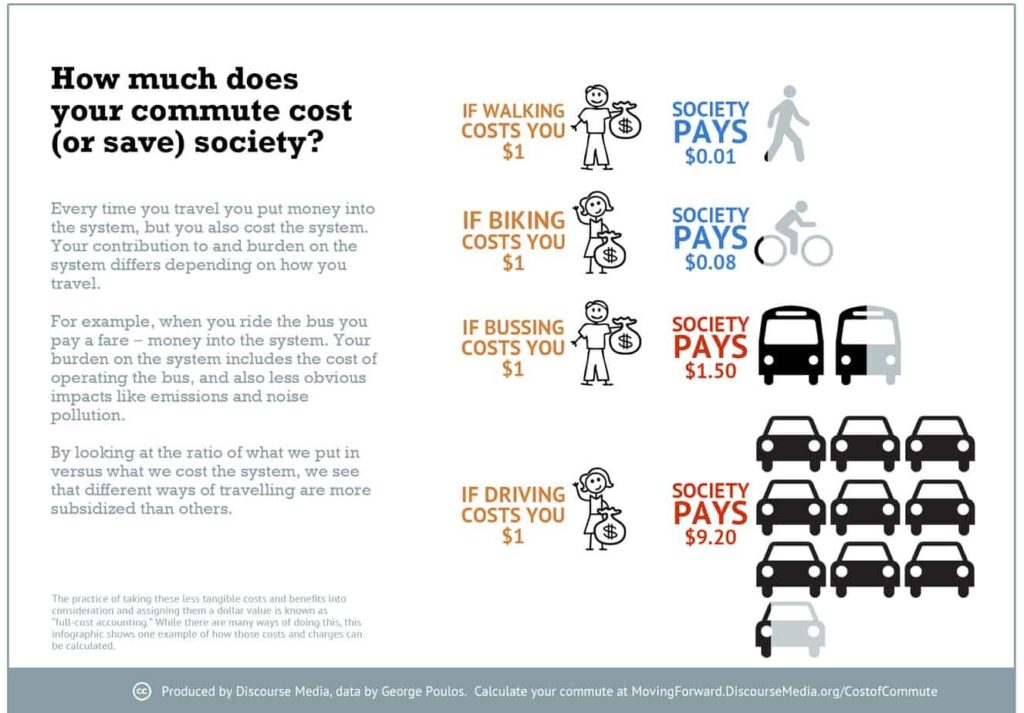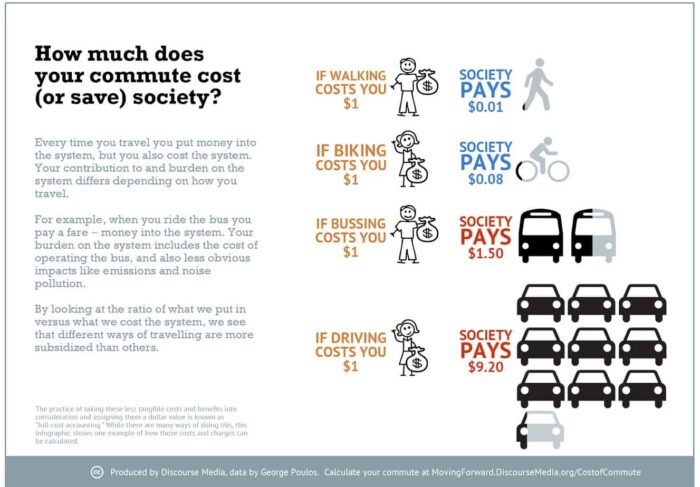Bike Ottawa presented the following as our deputation to the Ontario Standing Committee on Heritage, Infrastructure and Cultural Policy.
My name is Florence Lehmann and I’m the president of Bike Ottawa, an association that advocates for safe cycling and an equitable approach to transportation.
Le me start with videos of traffic in Ottawa.
Queensway (10 lanes of car traffic) Wednesday July 19, 2023, 6:32pm
Vanier Parkway at Beechwood (5 lanes of car traffic) Thursday October 17, 2024, 3:27pm
King Edward at Saint Andrew (7 lanes of car traffic) Thursday July 6, 2023 5:14pm
As you can see, there are already a lot of cars on our streets where no cycling infrastructure exists.
Which brings me to my first argument: efficiency of travel.
You can clearly see which modes take less space on our streets. (Car lane is 1 km long, assuming 1.5 people in 133 cars)
https://youtu.be/06IjfbqdnNM?si=c6nLasertdtckALN
Cycling, walking and transit are very efficient modes of transportation: 5 to 12 times more efficient than driving.
Bikes take no space at all, hence the fluidity of traffic on safe cycling infrastructure.
A few people on bikes occupy the same space as an SUV (or 2 with a cargo bike).
Instead of confining cycling infrastructure to secondary roads, this government should prioritize direct routes for safe cycling. And here’s why.
Now here are some key results from the Origin-destination survey (2022)
Trips were shorter and often within ward boundaries.
The cycling mode share doubled (4% citywide, 7% in the downtown core).
What will happen if you remove safe cycling infrastructure? You’ll force more people into cars and you’ll increase congestion. You’ll increase travel time for drivers and make it more dangerous for everyone outside of cars (due to increase of people driving as well).
Here’s an example of close passing. As you can notice, there’s no cycling infrastructure here. This was a very close call. I’m glad my friend is ok.
Health argument
So who are we designing our cities for? We should be designing for our most vulnerable people. Our kids should be able to bike safely to school, their local libraries, the local park. Now this is safe.
That being said, parents have taken safety into their own hands. There’s a growing trend of bike buses. What are they? Parents riding their kids to school in a group.
Why do they need to do that? Because our streets are too dangerous for our kids.
With safe cycling infrastructure, our kids could grow to be more independent.
What are the benefits of separating drivers and people on bikes? Simply put, safe cycling infrastructure saves lives.
It saves lives of people who bike or roll.
It takes the guessing away for drivers. They don’t have to worry about making a mistake that could cost someone’s life.
It’s part of vision zero, where even if human mistakes are made, nobody will lose their life or get severely injured.
Equity argument
Bill 212 assumes that everyone owns a car. In Ottawa, according to the most recent original-destination survey, 14% of people don’t own a car (downtown core 48%).
In low-income households, the number climbs to 53%. Which brings me to the cost of car ownership.

On average, the annual cost of car ownership is $16,644 (Driving Magazine, February 20, 2024). That’s a lot of money. Bikes are affordable, but people need to feel safe.
The survey also shows that women are less likely to drive than men and they do a lot of short trips. Cycling would be an option if it’s safe.
Finally, 52% of households in suburban areas and 78% in rural areas own at least 2 vehicles. Imagine the drain on their finances as well.
In short, this bill is not equitable.
Economic argument
Safe cycling infrastructure is good for business. You’ve heard all about it from Bloor Annex BIA.
People who bike make frequent stops, often and spend money. People in cars drive through.
Montreal has shown how successful safe cycling infrastructure can be with The example of rue Saint-Denis.
Business occupancy went up from 75% to 85% between 2019 and 2023.
Cycling makes economical sense. It’s cheaper for people, and cities gain from it (think savings to the healthcare system, for example).
Last but not least, the potential removal of safe cycling infrastructure will cost taxpayers a lot of money.
Not only will I will have paid municipal taxes for the construction of infrastructure. But I’ll pay provincial taxes for the removal of that infrastructure and redesigning streets that are more dangerous for people. How wonderful!
Taxpayer money could be put to better use province-wide (transit, affordable housing, healthcare).
Jurisdictional argument
Ottawa has made steady strides into building safe cycling infrastructure. In its new Official Plan, it set a goal that by 2046, over half of all trips will be made by sustainable modes of transportation (cycling, transit, etc).
This provincial government approved Ottawa’s Official Plan. And now it’s making sure the City won’t be able to reach its goals. This makes no sense and is clear overreach. And it adds red tape too, which this government is supposed to stand against.
Cities may be creatures of the province. But they know their transportation needs and are best able to make decisions.
In conclusion, Bill 212 makes no common sense. It flies in the face of evidence and research, and will achieve the opposite of what this government claims it will do.
We’ll see more people get killed or severely injured through no fault of their own, but because they choose to cycle to get around and this government will have failed them.
Thank you.

